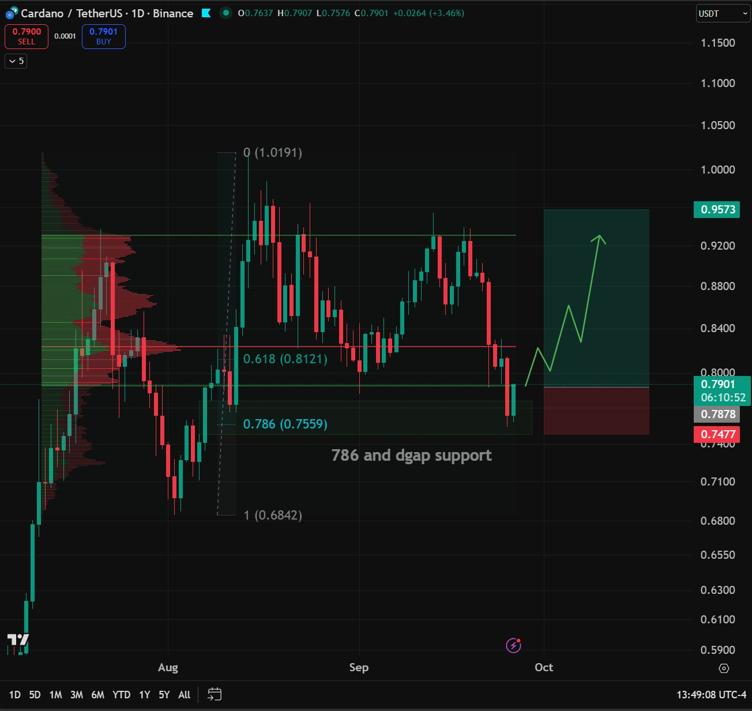Stablecoins Power $3 Trillion Surge as DeFi and Cross-Border Demand Collide
Stablecoin on-chain transactions surged by 92% in August, reaching $3 trillion, driven by heightened usage across decentralized finance (DeFi), cross-border payments, and arbitrage strategies, according to a report from Artemis. The aggregated market capitalization of stablecoins stood at $284.6 billion, reflecting an increase of approximately $17.5 billion from the start of the month. This growth was supported by a 25% increase in unique wallet addresses, which rose to 41.7 million, signaling broader adoption across retail and institutional participants. Ethereum and Tron continued to dominate as primary liquidity hubs, with Ethereum offering deep liquidity pools and Tron facilitating low-cost cross-border transfers. Layer-2 rollups also saw rapid adoption, contributing to the efficiency and scalability of stablecoin operations.
The surge in on-chain activity was primarily fueled by arbitrage opportunities and expanding use cases in DeFi. Cross-chain bridges and efficient Layer-2 solutions enabled faster and cheaper transactions, further boosting the utility of stablecoins as a medium of exchange. Tether’s USDT maintained a dominant 59% market share, while USDC from Circle saw a $7.98 billion increase in supply, partly attributed to growing institutional adoption. Newer entrants like USDe from Ethena experienced a 41% month-over-month growth, driven by yield-seeking strategies on DeFi platforms. Despite the market concentration around major tokens, the decentralized nature of stablecoin ecosystems continues to foster innovation across payment rails and liquidity infrastructure.
The underlying liquidity infrastructure remains robust, with decentralized exchanges and cross-chain bridges playing a critical role in maintaining low slippage and competitive spreads. Ethereum’s extensive DeFi tooling and Tron’s cost-effective transfer mechanisms have created a dual-layer ecosystem that supports both high-frequency trading and large-volume settlements. This infrastructure has enabled stablecoins to become a cornerstone of global remittances and B2B/B2C payments, particularly in markets where traditional banking systems are less efficient. PayPal’s PYUSD also crossed the $1 billion market cap threshold in August, highlighting the growing acceptance of stablecoins among mainstream financial service providers.
Regulatory developments, however, have introduced new complexities. The newly enacted U.S. Guiding and Establishing National Innovation for US Stablecoins (GENIUS) Act mandates that stablecoin issuers fully back their tokens with cash or short-term Treasuries, while also banning interest payments on stablecoins themselves. However, crypto exchanges are permitted to offer rewards on stablecoin holdings, creating a regulatory gray area. Banking groups have raised concerns that these rewards could draw deposits away from traditional financial institutions, potentially disrupting lending markets. The U.S. Treasury has estimated that as much as $6.6 trillion in deposits could shift to stablecoins, depending on market dynamics, according to research from the American Bankers Association.
Despite these regulatory shifts, stablecoin exchanges continue to see strong inflows, with total exchange reserves reaching a record $68 billion in August, as reported by CryptoQuant. Tether’s USDT accounted for $53 billion of this amount, followed by USD Coin (USDC) at $13 billion. Binance remains the largest hub for stablecoin and altcoin deposits, handling significantly more transactions than its peers. This liquidity concentration could amplify systemic risks if any major network or exchange experiences a sudden disruption or regulatory challenge.
Looking ahead, market participants are closely monitoring the evolution of market share among major stablecoins, regulatory updates, and the adoption trends of new protocols and networks. While the pace of growth has moderated compared to earlier in the year, the foundational role of stablecoins in the crypto ecosystem appears to be solidifying. As both regulators and market participants navigate the implications of this shift, the interplay between DeFi innovation, institutional adoption, and regulatory frameworks will likely shape the next phase of the stablecoin landscape.
Source: [1] Stablecoin, record August: volumes at 3000 billion and … (https://en.cryptonomist.ch/2025/09/03/stablecoin-record-august-volumes-at-3000-billion-and-market-cap-at-284-6-billion/)
[2] Stablecoin Exchange Reserves Hit Record High as Market … (https://finance.yahoo.com/news/stablecoin-exchange-reserves-hit-record-183747601.html) [3] The Loophole Turning Stablecoins Into a Trillion-Dollar Fight (https://www.wired.com/story/genius-act-loophole-stablecoins-banks/)Source link
Written by : Editorial team of BIPNs
Main team of content of bipns.com. Any type of content should be approved by us.
Share this article:









